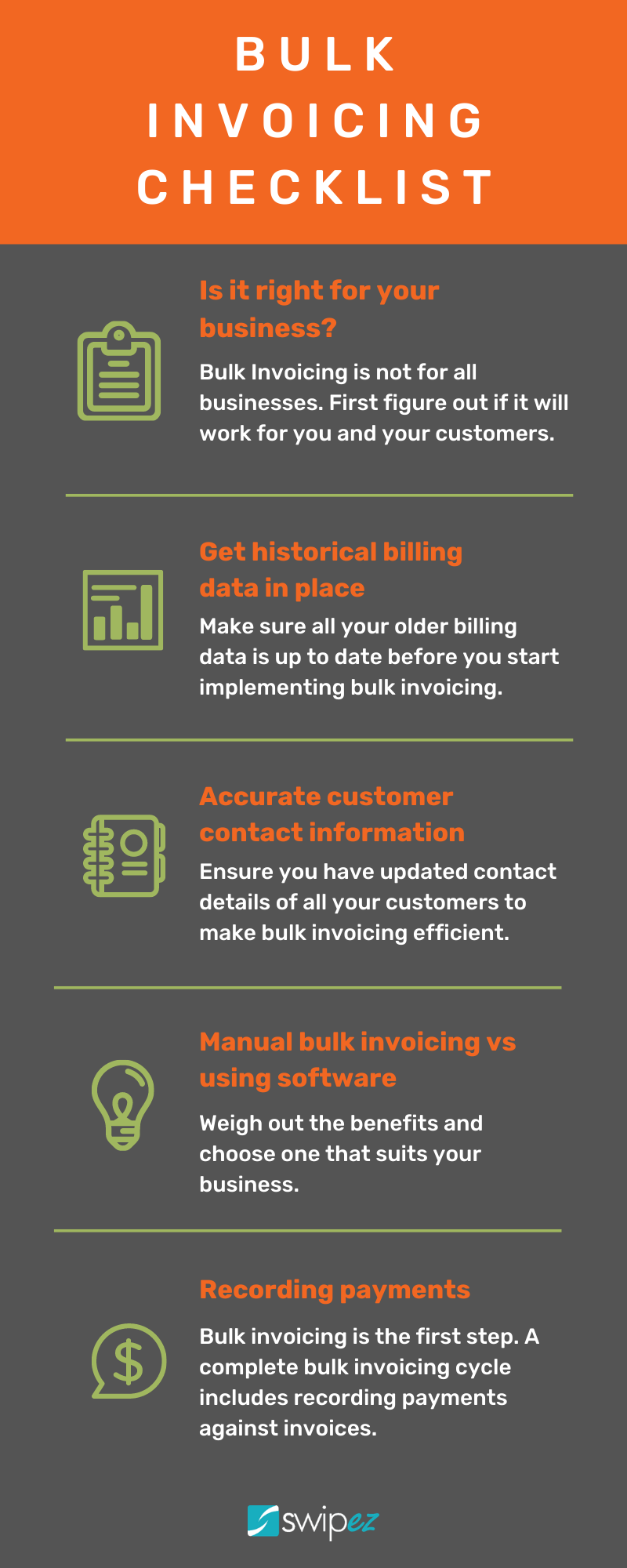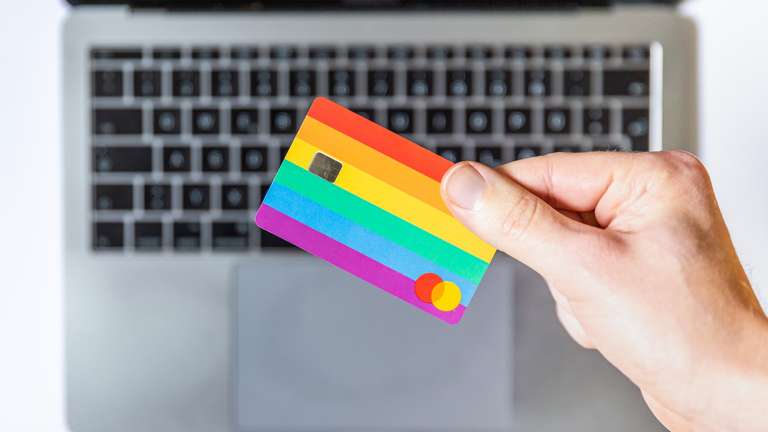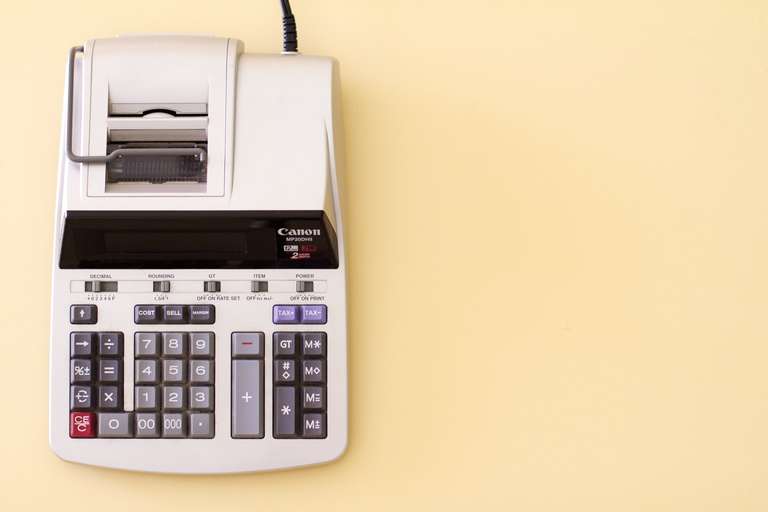Best practices for bulk invoicing

Table of Contents
Bulk or batch invoicing is used by multiple types of businesses. From freelancers who club together their invoice generation for one particular client as a time management hack to utility and service providers who have a volume of clients that they need to bill at a regular frequency. No matter what kind of business you are bulk invoicing is a boon to save on time and resources. Bulk invoicing is key to add predictability and consistency to your billing schedule. However there are a few things that you need to keep in mind before you adopt bulk invoicing.

Is bulk invoicing right for you?

Bulk invoicing has many benefits, however it may not be right for every situation, client, or business owner. If you need to bill regularly and have many clients, then bulk invoicing can save time, increase productivity and as a result, leave you with more free time to be productive and grow your business. On the flip side if you are a business looking to get paid as soon as possible from a handful of clients (less than 10) and can’t wait for the dedicated billing cycle, bulk invoicing will not work for you. Bulk invoicing won’t suit business owners who don’t send invoices often. Some freelancers and other solo entrepreneurs work on larger and more expensive projects and have fewer contracts. Bulk invoicing becomes irrelevant when you’re invoicing less frequently. So before you adopt bulk billing, make sure that it is the correct route for you to save resources and collect customer payments. In case you have less than 10 clients, but want to invoice online and remind your customer automatically for due payments try our free billing software, it is perfect for your business scenario.
Historical billing data needs to be up to date
Bulk invoicing is a great method to save your business time and effort when it comes to invoicing for your goods or services. There are a few prerequisites though that you need to have in place before you start. The cornerstone of bulk invoicing is that you need to have all your customer historical billing data in place so that you can bill them accurately. Most businesses in their constant effort to grow don’t keep an accurate track of past payments and outstanding dues. This leads to their billing being inaccurate which in turn means that they don’t get paid on time as there are constant disputes. Make sure you have all your due data in place to make bulk invoicing work for you efficiently.
Accurate customer contact data

You may have all your customer dues and past payments in place to create accurate bills, however if you do not have the correct customer contact data these bills may not get delivered to the right address, email or mobile number. This will result in you not getting paid on time and waste your resources in trying to sort this miscommunication. Before you start bulk invoicing make sure your customer contact information is up to date. Use either a spreadsheet or software to manage this data will help you to avoid any reworks in your billing. Swipez billing provides a consolidated view of all your customer contact information in one place. Moreover it allows your customer to correct their contact information while making payments. This automatically updates your customer database with the latest customer contact information. This provides a great platform to start bulk invoicing and getting your customer contact information up to date within a few billing cycles.
Manual bulk invoicing vs Software
Bulk invoicing can be carried out in a multitude of ways. You can sit down and start creating bills manually one at a time, where you need to keep track of all the details you are entering in each bill and ensuring that they are error free. You can also opt for invoicing software that can assist you with this process. Invoicing software has features such as excel bulk uploads where you need to copy paste billing data, upload the sheet and in an instant your customer will receive their bills via their preferred mode of communication. These software also keep track of customers previous payments to ensure that your current bills are accurate. Both these methods have their own pros and cons, choose one that is suitable for your business. If your client base is not too large go for the manual route but the more you grow it is advisable to implement a software for this task. A good billing software will provide you multiple options for bulk invoicing:
- Excel based bill uploads
- API based billing
- Subscription invoicing for recurring bills with fixed amounts
Recording payments

The billing process has two main components, raising invoices and tracking payments. Bulk invoicing helps you in raising invoices but what’s equally important is tracking payments for these invoices. This tracking helps you create accurate bills in your next bulk billing cycle. Ensure that once an invoice is raised the life cycle of that invoice is tracked from creation to payment. You can keep track of this manually using a spreadsheet or use a software. The benefit of using a software is that you can upload all payment information against invoices using a simple excel upload and track the life cycle centrally.
Download free professional invoice templates for your business. Impress your clients and get paid on time! Download invoice format
Bulk invoicing is a time saver for any business if the foundation is laid correctly. From the get go ensure all your base data is updated and you use a suitable method to execute bulk billing. There are many software available in all price ranges that help you with bulk billing, which come with easy bulk uploads, electronic notifications, payment records and bulk printing. Pick a schedule, inform your clients and execute it accurately, this is what will make bulk invoicing work for your business.



